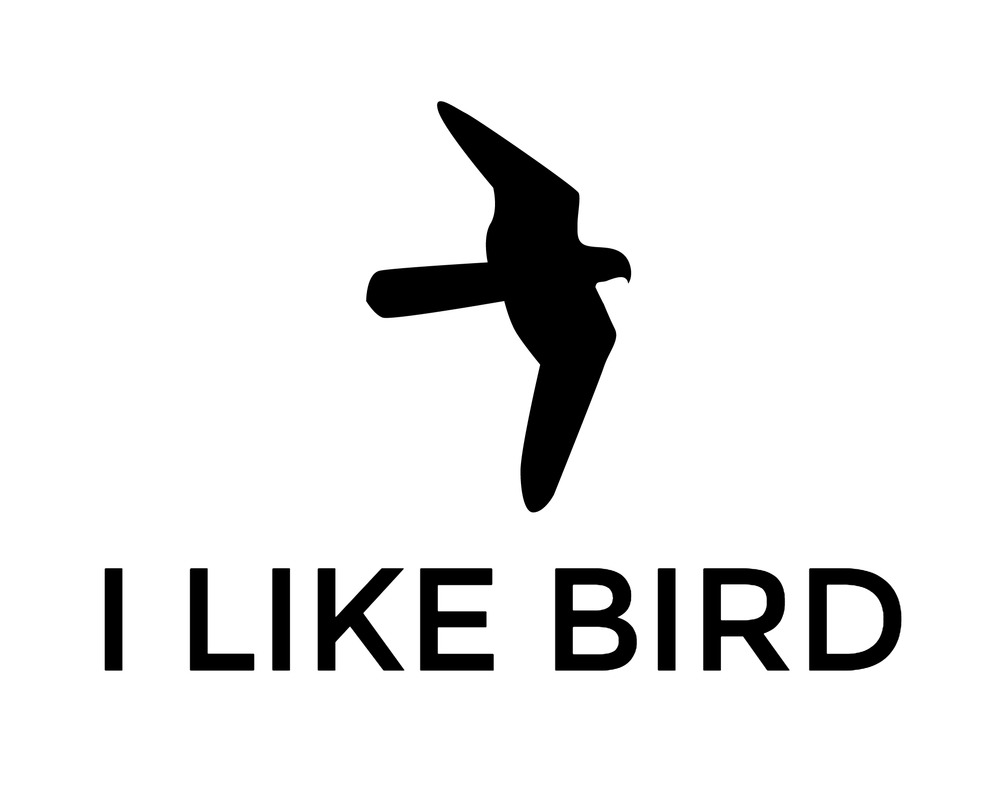The circle of life: Improvement works to the Duke of Northumberland River
It's great to see Hounslow Council is taking the issue of natural riverbanks so seriously and working to rid the area's waterways of wooden boarding.
Although we all cherish and enjoy taking bird photos wildlife which has made a home on the Duke of Northumberland River, you don't need to be a waterway planner to recognise that the DONR's potential is not being met.
Aside from the copious amounts of rubbish strewn across the riverbed (particularly in Isleworth), the artificial river banks are a big blocker to progress.
The wooden boardings and concrete banks are of zero value to birds, water voles and fish and can ruin our Twickenham bird photos! They prevent water birds such kingfishers from building suitable nests, they stop watervoles from burrowing a home - and do not offer the kind of natural shelter and hollows required by many of the river's fish.
Artificial riverbank boarding can lead to the above problems CREDIT: London Wildlife Trust
Replacing them with natural mud and plant banks will improve the variety of vegetation available to the local wildlife, provide extra roosting and nesting habitats for a myriad of species - and increase the amount of food (fish) on offer to larger predators.
A similar project took place two years ago on Richmond Park's Beverley Brook, and was a big success. In addition to the benefits mentioned above, the new natural banks helped the river adopt some of the characteristics associated with 'real' rivers - bends, shallows and riffles.
A wooden boarding currently positioned on the Duke of Northumberland River
According to the South East River Trust, the project "reinstated natural processes back to the river by providing energy and diversity which in turn allowed it to self-heal.
In other words, the wooden boarding was limited the brook to a straight characterless waterway with a largely uniform depth. The river now has the opportunity to scour and erode the bed which has created features such as pools, riffles and bars - ideal conditions for invertebrates and fish spawning.
Let's hope the DONR project turns out to be such a big success and we see a sudden surge of kingfishers, herons, egrets and water voles.
